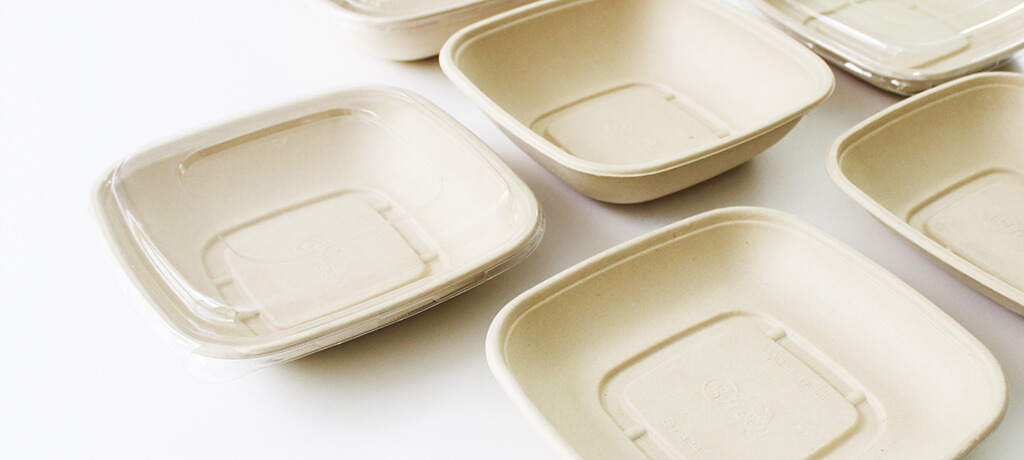In recent years, as people’s awareness of environmental issues has been increasing, consumers have gradually turned to companies and products with ecological awareness as the main consideration.
So we set out to stock up on a versatile ‘kraft’ material and explain how it’s made in simple terms so you can understand exactly how it’s made and what ingredients make it eco-friendly and better than standard paper choose.
How is Kraft Paper Made?
The popular kraft paper takeaway lunch box is typically made from a type of kraft paper that has been specially treated for food packaging. Here’s a general overview of how this type of kraft paper is made:
Pulping:
The first step in making kraft paper is to create wood pulp by breaking down wood chips or recycled paper fibers in a process called pulping. For food packaging, only virgin pulp or recycled pulp that meets food safety standards can be used.
Cooking:
The pulp is then cooked to help separate the fibers and create a stronger paper.
Bleaching:
After cooking, the pulp is washed and bleached to remove any remaining impurities and brighten the color of the paper.
Forming:
The pulp is then formed into sheets of paper by pouring it onto a moving mesh screen or cylinder. As the pulp moves through the screen or cylinder, excess water is removed and the fibers begin to bond together.
Drying and Finishing:
The paper is then dried and finished, which involves cutting it into the desired size and shape, and adding any necessary coatings, such as a moisture barrier coating, to make it suitable for food packaging.
Box Manufacturing:
The kraft paper sheets are then folded and glued together to create the final takeaway lunch box shape.
Properties and characteristics of kraft paper
Environmental consciousness:
Kraft paper is considered environmentally conscious because it is made from a sustainable and renewable raw material (wood pulp), is biodegradable and recyclable, has a lower carbon footprint than other packaging materials, and is generally non-toxic and safe for use in food packaging. These factors make the use of kraft paper as an alternative to other packaging materials a more environmentally conscious choice.
Strength and durability:
Kraft paper is known for its strength and durability. It has a high tear resistance and can withstand heavy loads, making.
PE coating:
Coated with PE, it makes the finished pressed paper tougher and stronger. It is also waterproof and oil-proof, which is very suitable for restaurant take-out needs.
Various food packaging applications:
Suitable for different food packaging, such as cakes, snacks, fried food, burgers, sandwiches, salads, sushi, tacos, fried noodles, fried rice, etc.
Customizability:
Kraft paper can be easily customized with printing, stamping, or labeling, which makes it an ideal choice for branding and marketing purposes.
It is economical:
It is the most cost-effective option compared to plastic and other alternative packaging materials. Kraft paper is going to change the future of the packaging industry.
There’s no denying that kraft paper packaging options have increased in popularity in the packaging business, and the material’s capabilities are still expanding.
【Browse kraft paper series now】

